41 river systems diagram
The term river system refers to the ‘river along with its tributaries’. Based on their source, the Indian River system is classified into - Himalayan Rivers and Peninsular Rivers. Major River System – The Indus River System. The Indus arises from the northern slopes of the Kailash range in Tibet near Lake Mansarovar. It has a large number of tributaries in both India and Pakistan and has a total length of about 2897 km from the source to the point near Karachi where it falls into the Arabian Sea out of which approx 700km lies in India.
These river diagrams help to explain the geography topic of rivers. Through looking at these diagrams, it is easier to understand the nature of V-shaped valleys, the river ordering system, the water cycle and other aspects related to rivers.
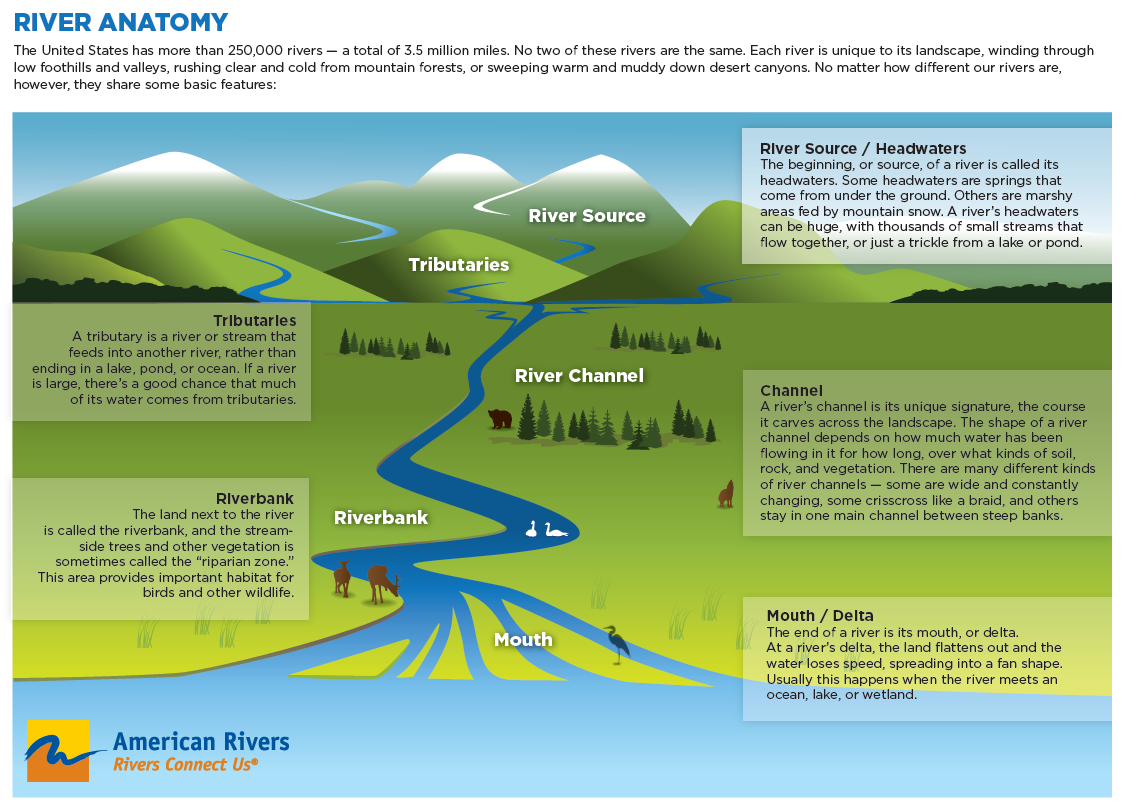
River systems diagram
In order to build the systems thinking diagram, we need to clearly identify the elements of the system and how it interacts with each other. Building the systems diagrams requires four steps; identify the events, identify the pattern of, behavior, build the system, and determine the mental models. The flow of creating systems thinking diagram. Rivers have been the backbone of human civilization, home to the most vibrant wildlife population and a source of inspiration and vitality. Understand the river system, its features and parts, definitions of important terms associated with rivers and learn the names, interesting facts, and also to locate the major rivers of the world with our printable rivers of the world worksheets curated ... Currently the Mississippi River is at a stage of about 12.5 feet, that is 12.5 feet above sea level. Other river systems have a reference level that is not sea level. Most rivers in the United States have gaging stations where measurements are continually made of the river's stage and discharge.
River systems diagram. The gradient is steep. The river is small and flows quickly. Some features expected in this section of the river are V- shaped valleys, interlocking spurs, a river bed with large rocks and stones,gorges, fast flowing rapids and waterfalls. V-shaped valleys: The river flows quickly cutting down into its bed. This process is is known as vertical ... Short on the Q-system . The Q-system for rock mass classification, developed at the Norwegian Geotechnical Institute (NGI) in 1974, originally included a little more than 200 tunnel case histories, mainly from Scandinavia (Barton et al., 1974). In 1993 the system was updated to include more than 1000 cases (Grimstad and Barton, 1993). Jan 17, 2015 · Built by Carpaneto Architekten,Fatkoehl Architekten,BARarchitekten in Berlin, Germany with date 2013. Images by Ute Zscharnt. The Coop Housing is a jointly developed and administered project ... There are two basic systems to your home’s plumbing: the one that gets the clean water in and another that takes the dirty water away. They are connected in the middle by your fixtures: sinks, showers, toilets, and appliances like washing machines and dishwashers. Once it’s in your home, your clean water supply gets divided into the cold water and hot water systems.
lake, river, or underground aquifer. For communities that do not have a local water supply, a transmission network is built to transport the water from the source to the destination communities. Transmission systems are typically composed of aqueducts, tunnels, connecting devices, and pumping facilities. In a transmission system, all of The Mississippi River Delta is the confluence of the Mississippi River with the Gulf of Mexico in Louisiana, southeastern United States.The river delta is a three-million-acre (4,700 sq mi; 12,000 km 2) area of land that stretches from Vermilion Bay on the west, to the Chandeleur Islands in the east, on Louisiana's southeastern coast. It is part of the Gulf of Mexico and the Louisiana coastal ... The diagram in Figure 1.3. presents a consolidated framework for sustainable engineering principles, which are in part adopted from the work of Gagnon and co-authors "Sustainable development in engineering: a review of principles and definition of a conceptual framework" (2008) and from the green engineering principles established by Sundestin Conference (2003). The Journey of a River: From the PowerPoint, show pupils the diagram of the Journey of River. Ask pupils to recap the features that they can see depicted on the diagram, starting from the source of the river in the highland, through to the mouth of the river. Pupils draw a diagram depicting the journey of a river. The diagram should be annotated.
associated with a river system. Examine both diagrams carefully. Figure 4 A Figure 4 B 4.1 (a) The drainage basin illustrated in FIGURE 4A shows a low drainage density (coarse texture). What does this mean? (1 x 2) (2) (b) Give TWO possible reasons why this drainage basin has a low drainage density (coarse texture). ... Boise River system (Anderson Ranch, Arrowrock, Lucky Peak) is at % of capacity. Total space available: AF: Total storage capacity: 949700 AF: Natural Flow: 200 Figure 5-2. A stream-gauging station. 3.1.4 Discharge. The discharge of a river is the volume rate of flow past a given cross section, measured in cubic feet per second, cfs (cusecs) or cubic meters per second, m3/s (cumecs).It’s not nearly as easy to measure discharge as 2. Characterize the behavior of the system components: – Are they stac? – How do they change with 7me? Sketch graphs! 3. Iden7fy linkages and connec7ons between components. 4. Draw the linkages between system components, indicang feedback loops. 5. As you draw components and connec7ons on the diagram, make sure
Sediment transport is the movement of solid particles (), typically due to a combination of gravity acting on the sediment, and/or the movement of the fluid in which the sediment is entrained. Sediment transport occurs in natural systems where the particles are clastic rocks (sand, gravel, boulders, etc.), mud, or clay; the fluid is air, water, or ice; and the force of gravity acts to move the ...
Currently the Mississippi River is at a stage of about 12.5 feet, that is 12.5 feet above sea level. Other river systems have a reference level that is not sea level. Most rivers in the United States have gaging stations where measurements are continually made of the river's stage and discharge.
Rivers have been the backbone of human civilization, home to the most vibrant wildlife population and a source of inspiration and vitality. Understand the river system, its features and parts, definitions of important terms associated with rivers and learn the names, interesting facts, and also to locate the major rivers of the world with our printable rivers of the world worksheets curated ...
In order to build the systems thinking diagram, we need to clearly identify the elements of the system and how it interacts with each other. Building the systems diagrams requires four steps; identify the events, identify the pattern of, behavior, build the system, and determine the mental models. The flow of creating systems thinking diagram.

After Your Test Using The Parts Of A River Vocabulary Draw A Diagram Of A River System Diagram Must Include All Of The Vocabulary Provided And Ppt Video Online Download
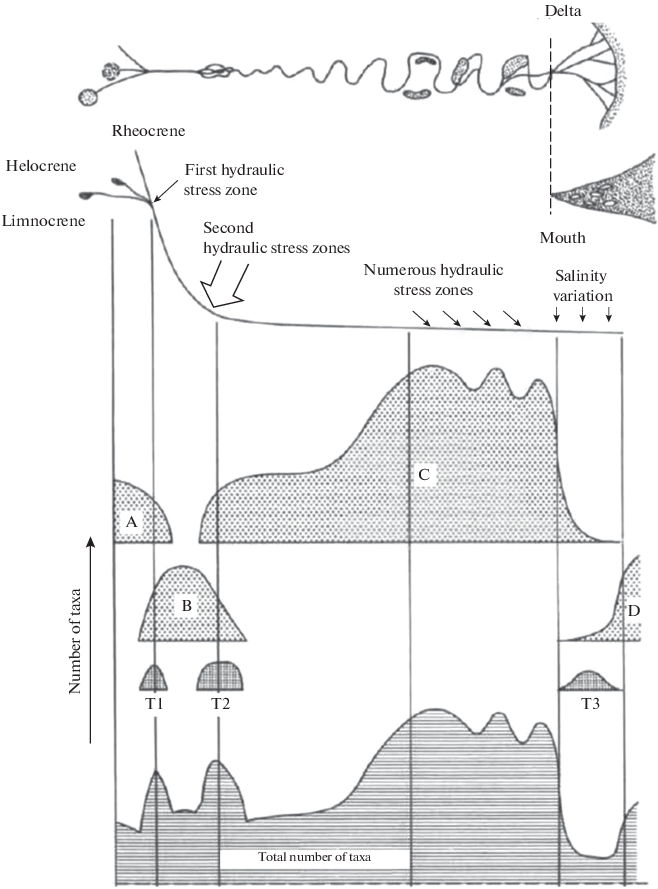
Figure 3 Functional Structure Of River Ecosystems Retrospective Of The Development Of Contemporary Concepts Review Springerlink

Pdf Model Based Control For Run Of River System Part 1 Model Implementation And Tuning Semantic Scholar

Coupled Reservoir River Systems Lessons From An Integrated Aquatic Ecosystem Assessment Sciencedirect

Chapter 2 The Flow Of Freshwater Draw The Water Cycle Diagram In Your Daybook And Label It In Your Own Words P 41 In Your Text Ppt Download
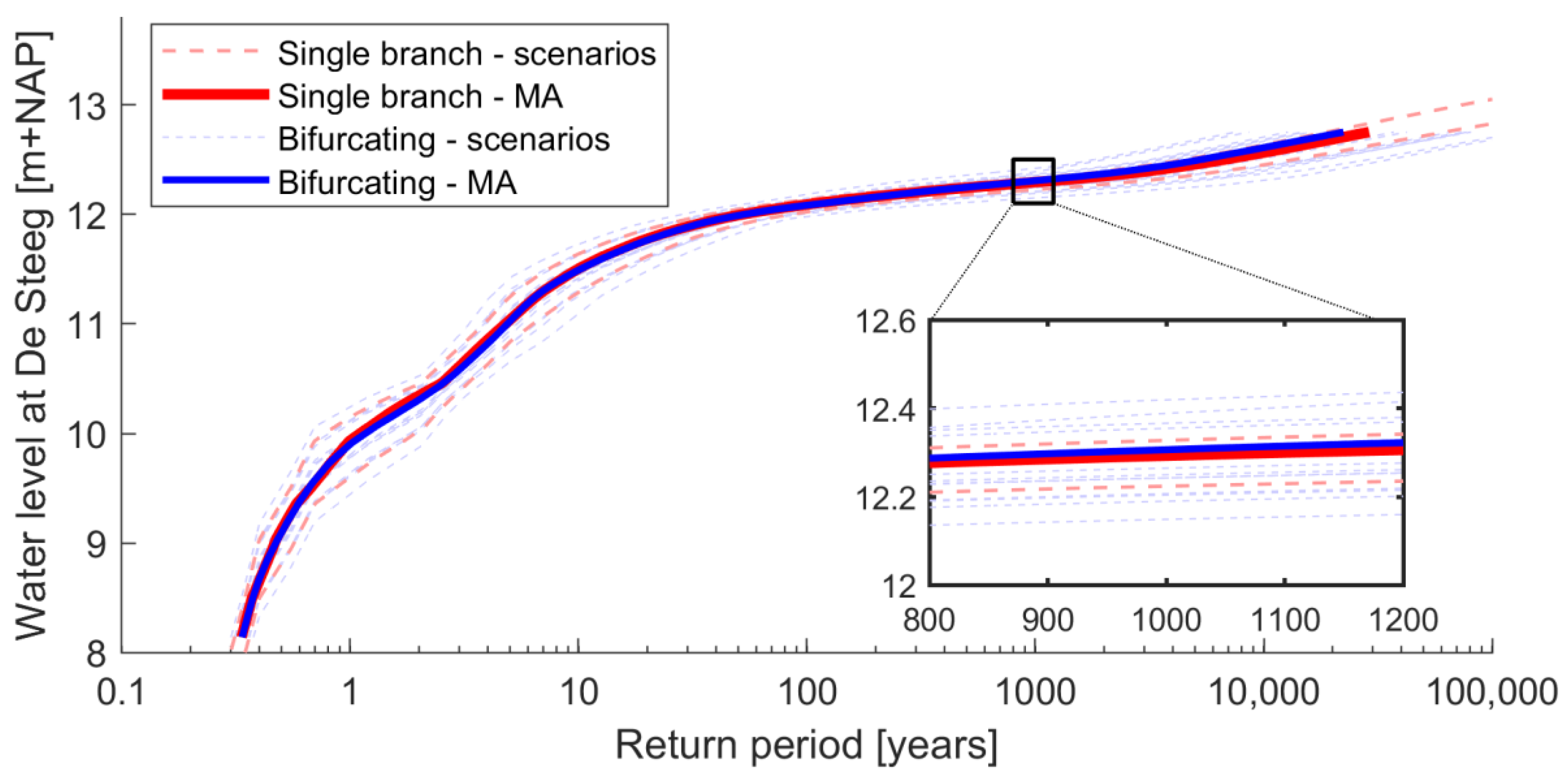
Water Free Full Text Feedback Mechanism In Bifurcating River Systems The Effect On Water Level Sensitivity




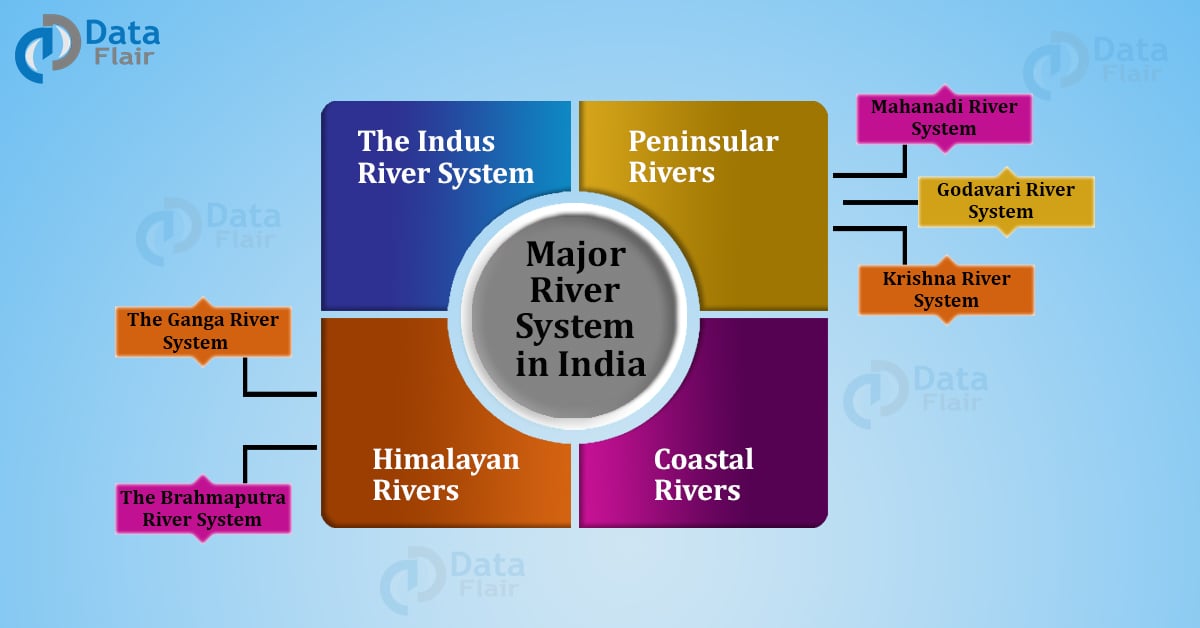


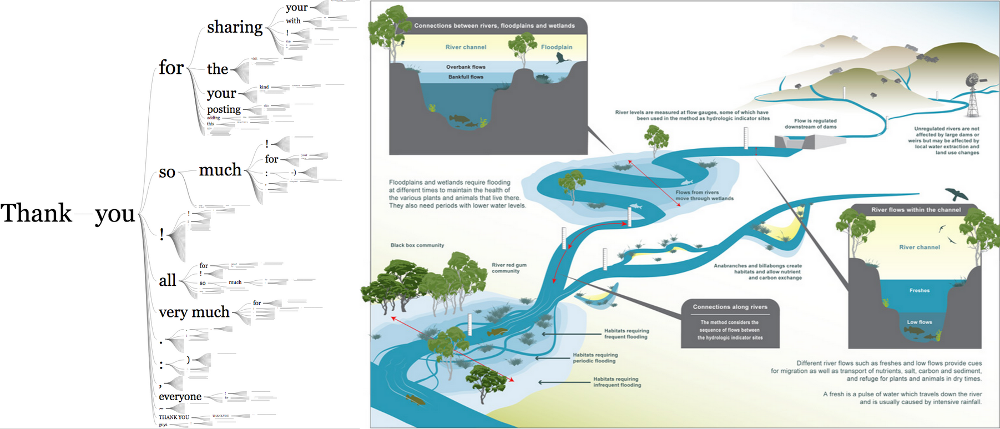
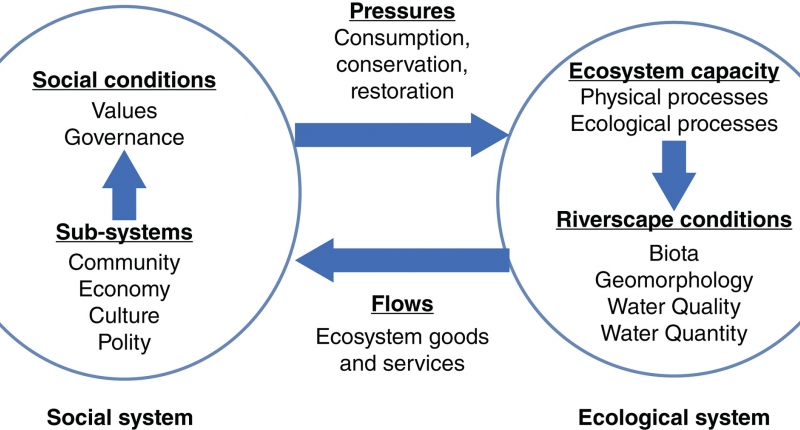


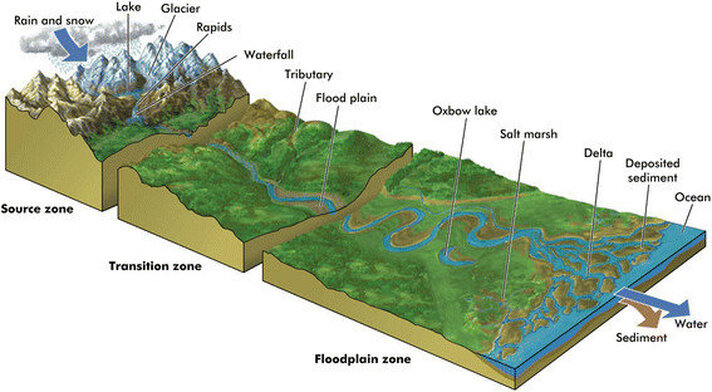
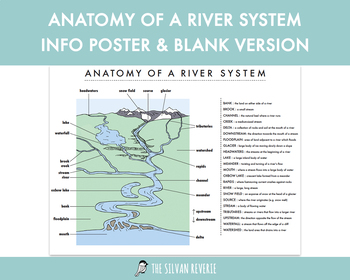


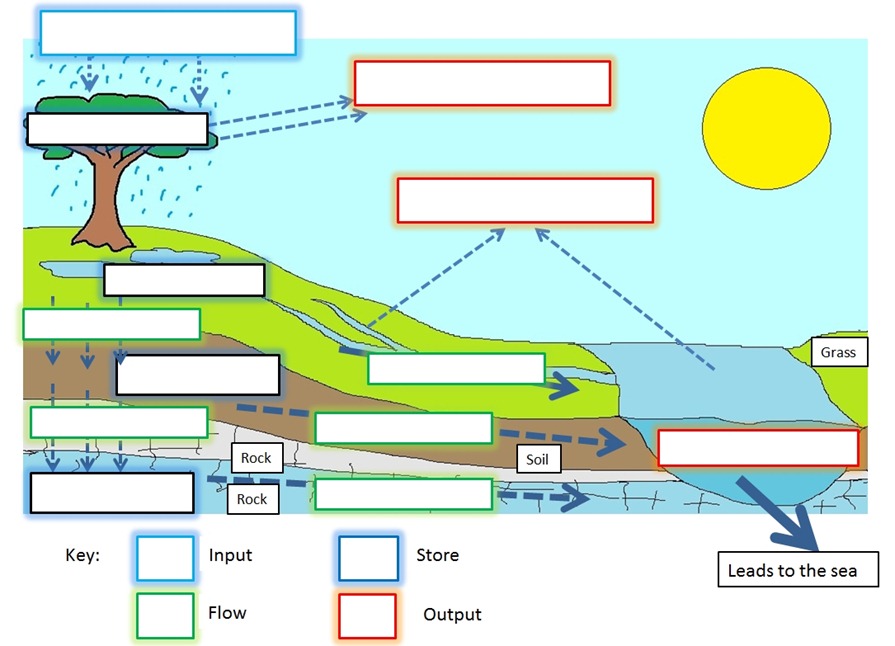
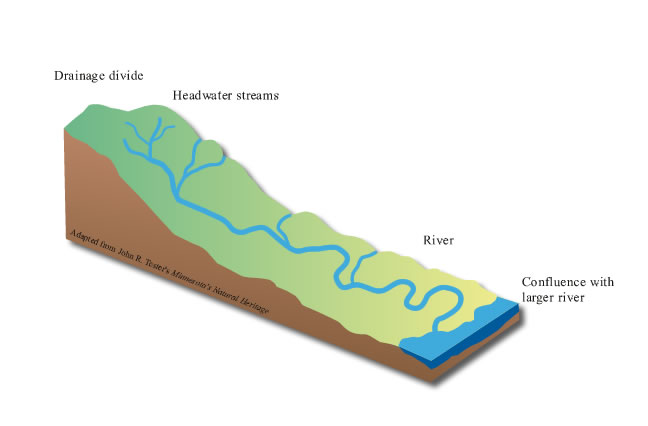
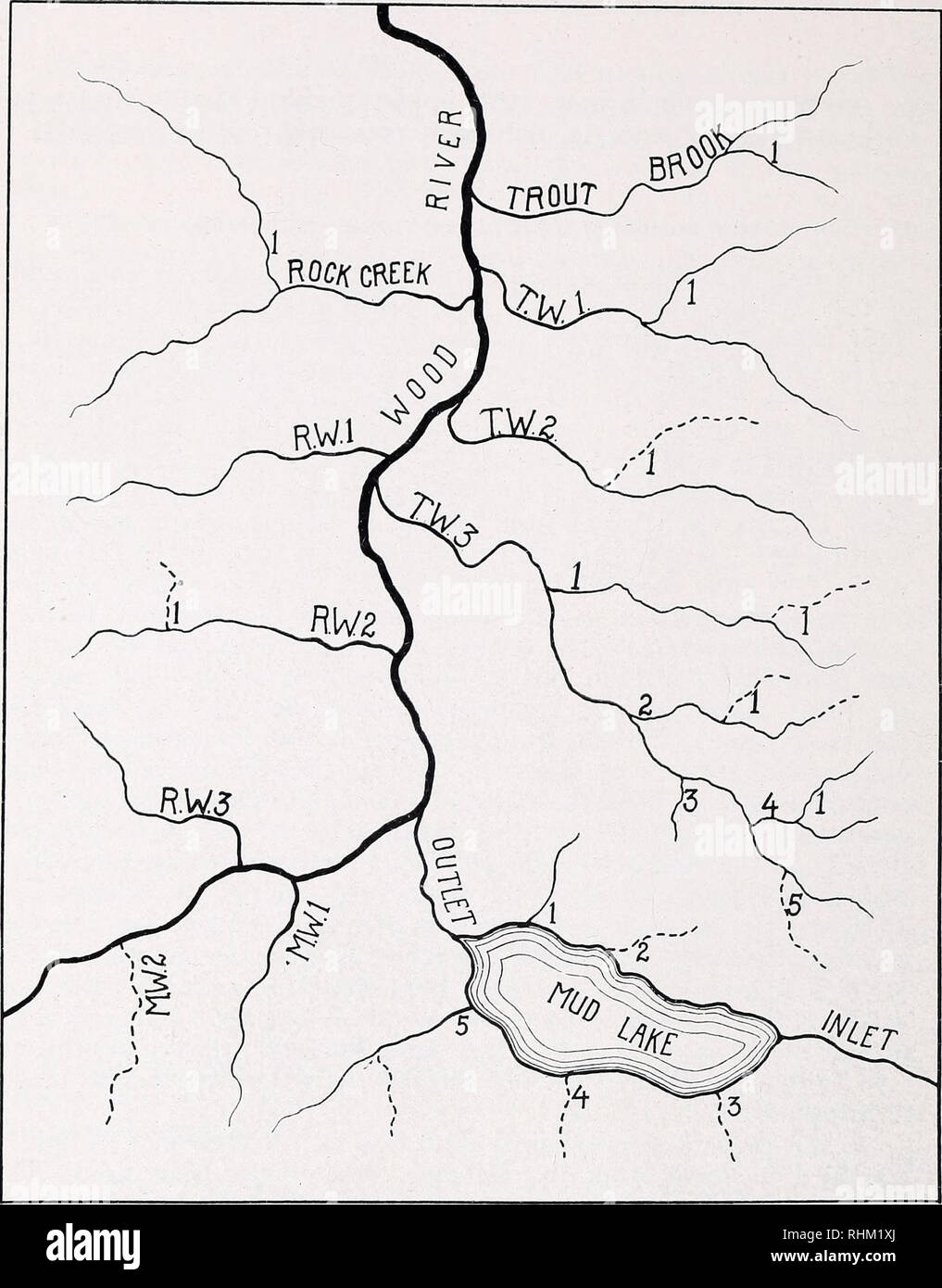
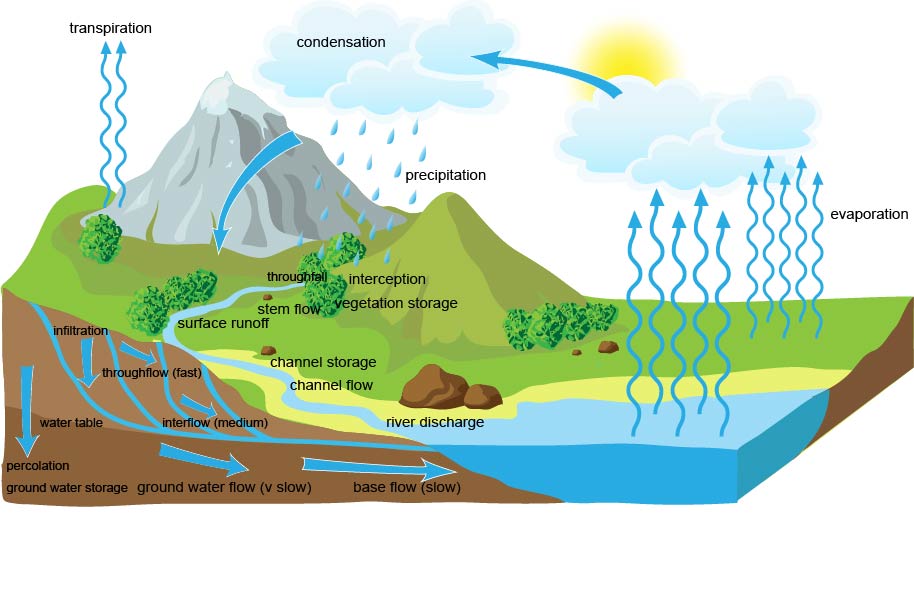


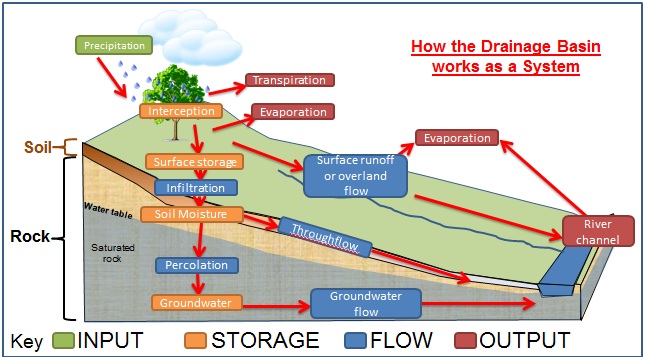



Comments
Post a Comment